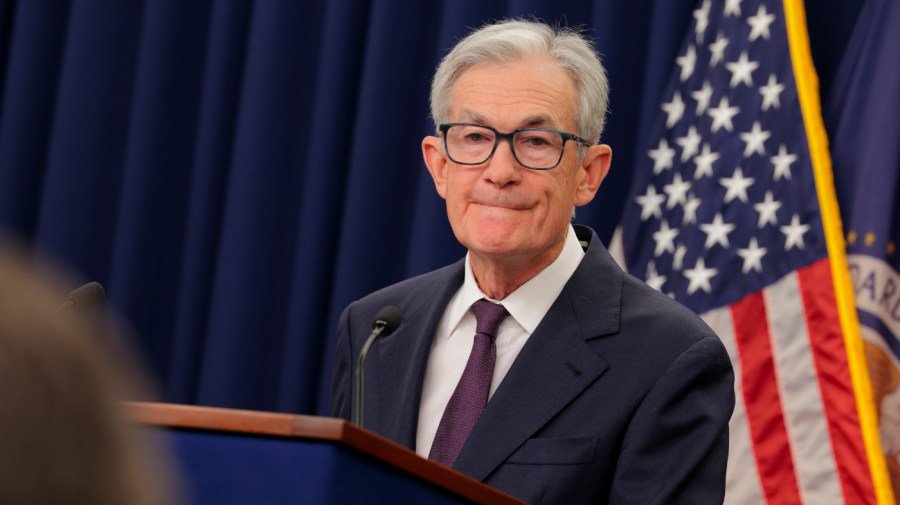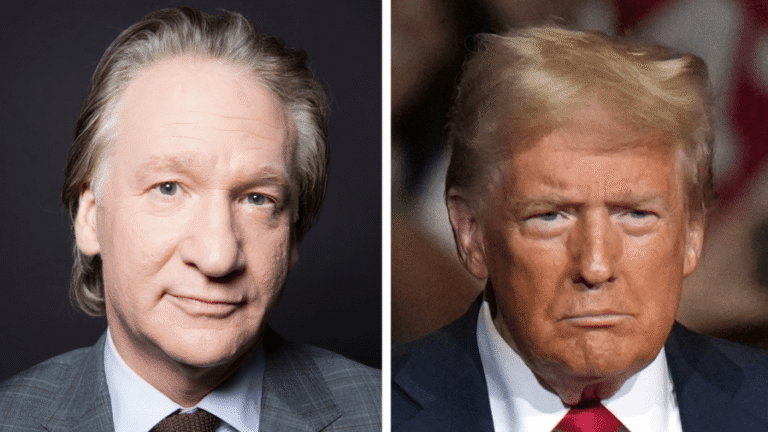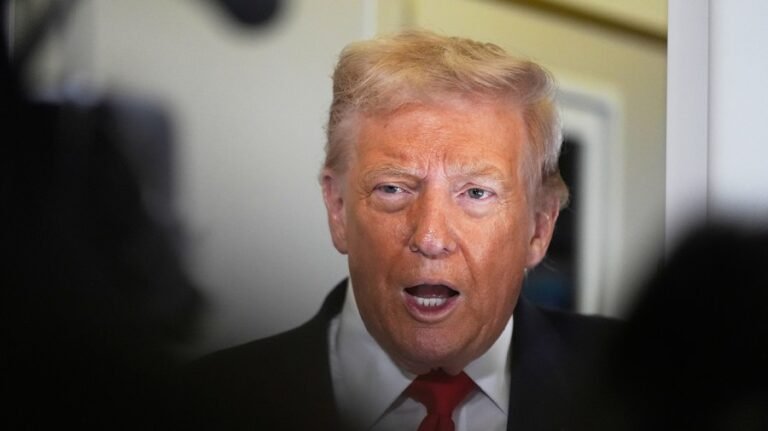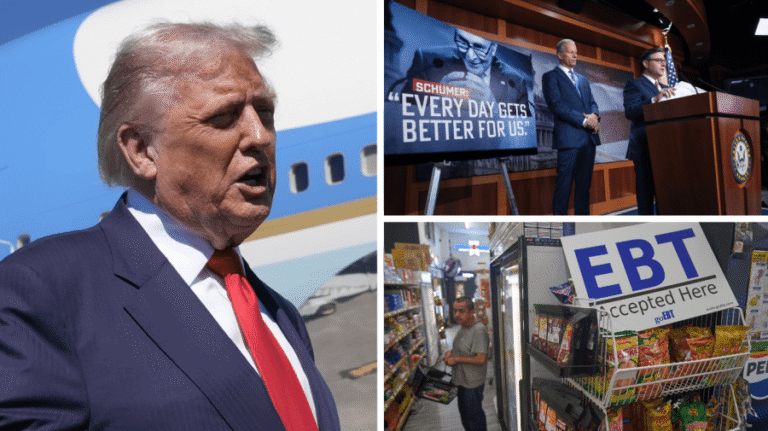
The Federal Reserve’s decision to lower the federal funds rate by 25 basis points as this week’s Federal Open Market Committee meeting was widely anticipated amid data showing the labor market was much softer than had been perceived at the July meeting. Monthly non-farm payrolls have averaged only 29,000 in the past three months.
The committee voted to lower the funds rate by 25 basis point cuts to 4 to 4.25 percent, with newly appointed Fed Gov. Stephen Miran voting for a 50 basis point cut. A narrow majority of officials expect two additional cuts this year, while Miran is believed to have forecast additional rate cuts of 125 basis points.
The Fed’s interest rate projections are less than what President Trump and bond market participants anticipate.
The deeper story, however, is the way the Trump administration wants to alter how the Fed conducts monetary policy. Treasury Secretary Scott Bessent articulated the case for altering the Fed’s operating model in a recent Wall Street Journal op-ed.
He claims the Fed has relied on “overuse of nonstandard policies, mission creep and institutional bloat” since the 2008 financial crisis. He is particularly critical of the Fed’s use of quantitative easing for distorting financial markets, and also for allowing inflation to spike in 2021-2022.
In Bessent’s view, the Fed has put its own independence at risk by straying from its narrow statutory mandate of promoting maximum employment and price stability.
Gillian Tett of the Financial Times points out that Bessent is not alone in his views, and she claims there is a “cabal” around Trump who wants the Fed to narrow its mission.
Kevin Warsh, a former Fed governor and a contender to be the next Fed chair, delivered a similar message to Bessent’s in a speech earlier this yearm and Miran co-authored an essay on the need to reform Fed governance.
Meanwhile, Bessent upped his criticism of current Fed policy last week after annual revisions to nonfarm payroll data showed an unprecedented drop of 911,000 jobs over 12 months.
Bessent prodded the Fed to be more proactive in lowering rates in a Fox Business interview. He said, “If the Fed says they’re data dependent, and the data has been atrocious, then it seems likely there are probably some makeup cuts in order here, or the size of this month’s cuts need to be recalibrated.”
Bessent previously claimed that economic models suggest the funds rate needs to be 150-175 basis points lower to get to neutral. No prior Treasury secretary has been as overt trying to influence U.S. monetary policy since the Treasury-Fed Accord of 1951.
The principal consideration weighing against more aggressive easing is that inflation remains about a full percentage point above the Fed’s 2 percent target, and it is likely to edge higher as result of tariff increases. If the Fed were to pursue rate cuts that Bessent is calling for, it would risk rekindling inflation again.
Fed Chair Jerome Powell mentioned shifting the balance of risks toward bolstering employment in his Jackson Hole speech, but he also acknowledged that “our goals are in tension.”
He attributed the slowing in labor market conditions as resulting from factors such as immigration policy changes and higher tariffs that create “a curious kind of balance” that warrants caution.
One critique of the Fed’s governance that transcends the political divide is that the Federal Open Market Committee is prone to groupthink. The dissents by governors Michelle Bowman and Christopher Waller at the July meeting marked the first time in more than 30 years that two members of the Fed board voted against the majority.
This seems about to change with the appointment of Miran as a Fed governor and Trump’s firing of Lisa Cook, where an appeals court has issued a stay. If Cook no longer serves on the board of governors, Trump could soon have appointed four of the central bank governors.
Meanwhile Bessent has submitted a list of candidates to become Fed chair, and Trump has indicated that he is considering three finalists — Waller, Warsh and Kevin Hassett.
Although they are qualified to serve as Fed chair, market participants will also assess how committed they are to preserve the Fed’s independence.
Hassett is the likely front runner because he has close ties to Trump. However, this could also cause investors to question how he would stand up to prodding by Trump for lower interest rates.
In comparison, Waller is considered a dark horse. However, he has earned high marks for his economics acumen and his ability to work collaboratively with Fed colleagues. This could lessen concerns about loss of Fed independence if he gets the nod.
Normally, the selection of Fed chair is the key to determining the direction of Fed policy for years to come. However, the assignment is especially challenging this time because of widening policy divisions among Federal Open Market Committee members.
Nicholas Sargen, Ph.D., is an economic consultant for Fort Washington Investment Advisors and is affiliated with the University of Virginia’s Darden School of Business. He has authored three books including “Investing in the Trump Era: How Economic Polices Impact Financial Markets.”


